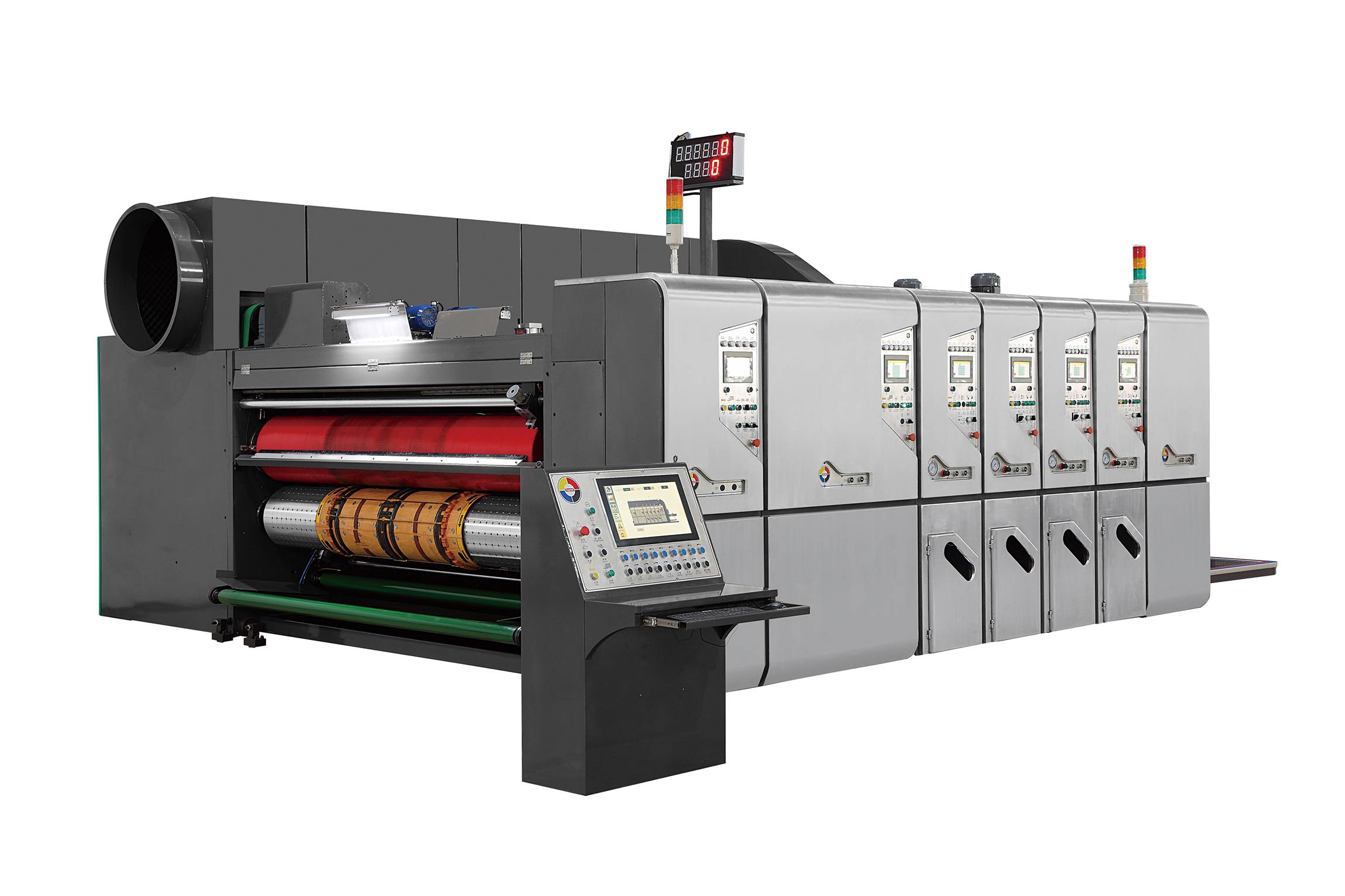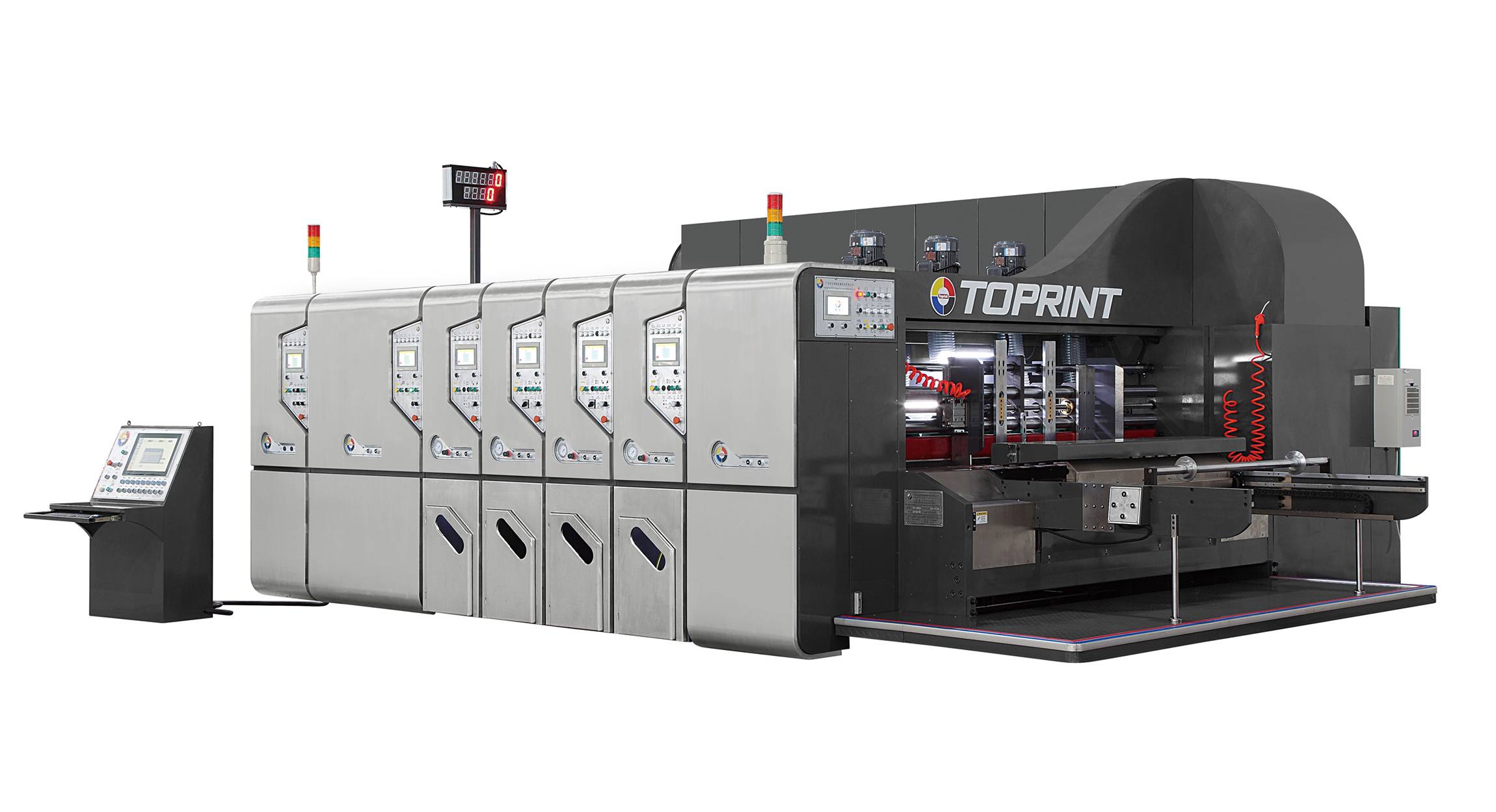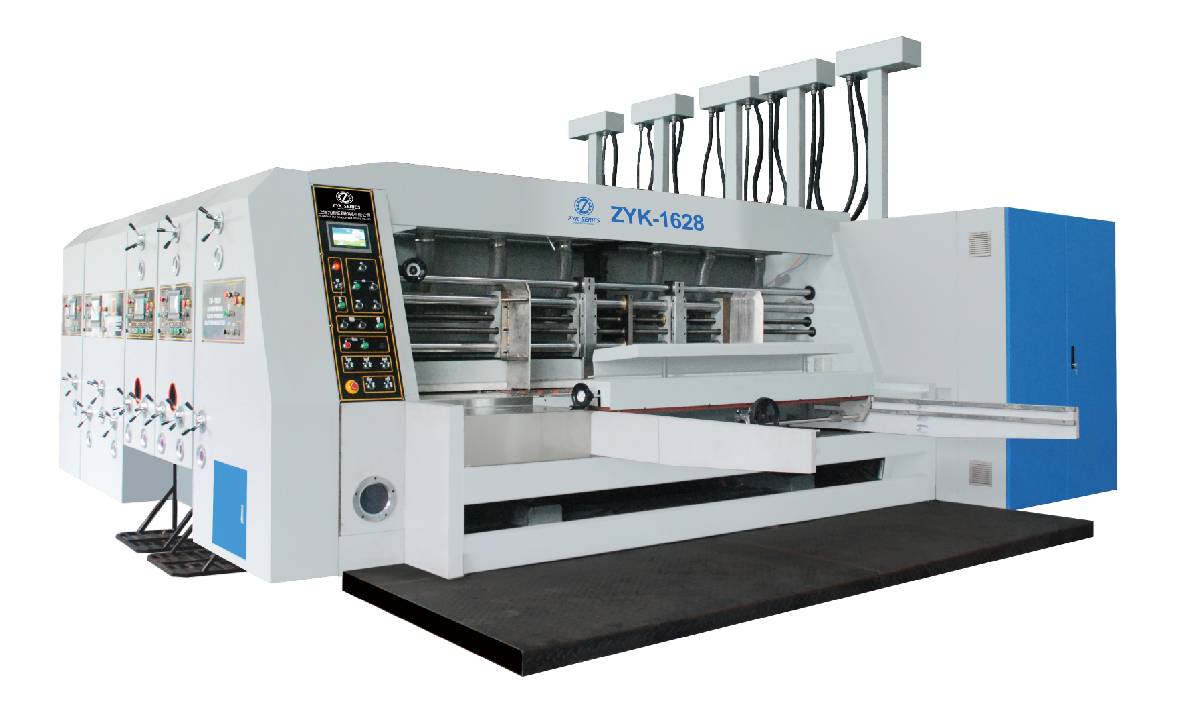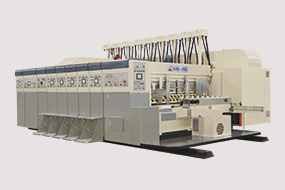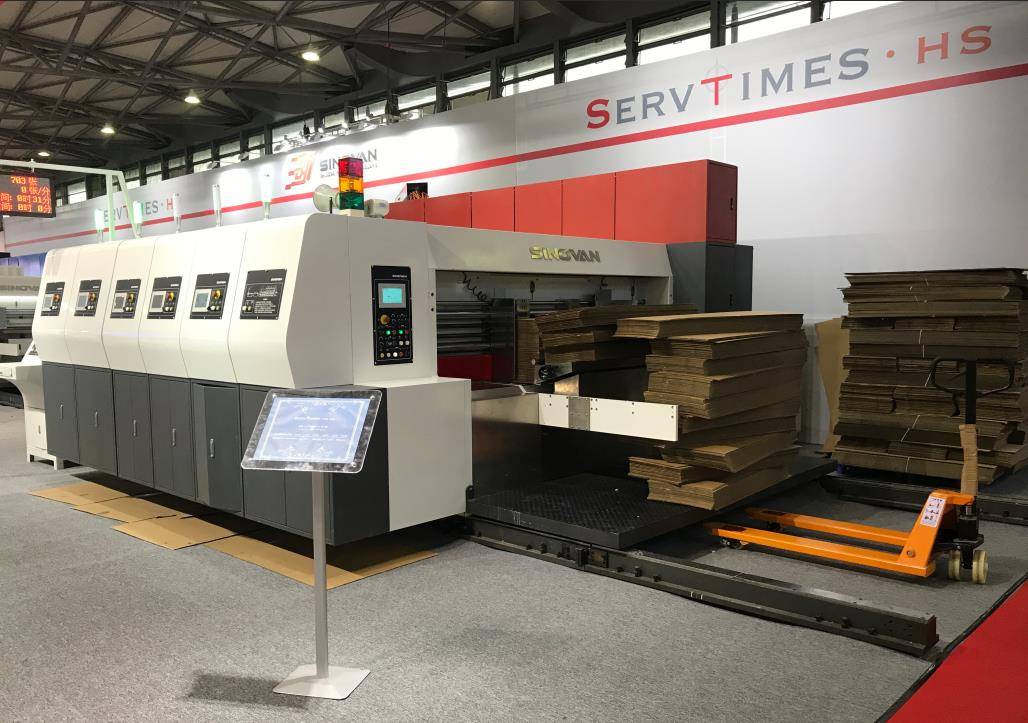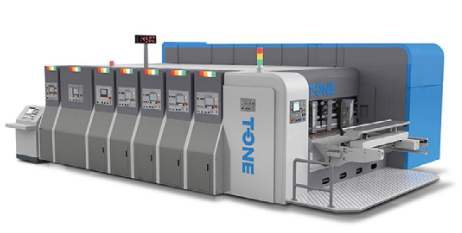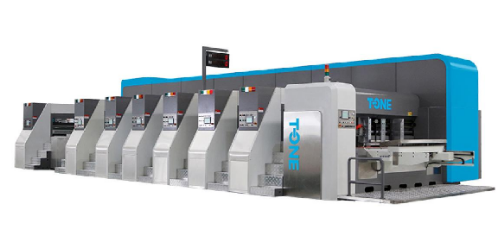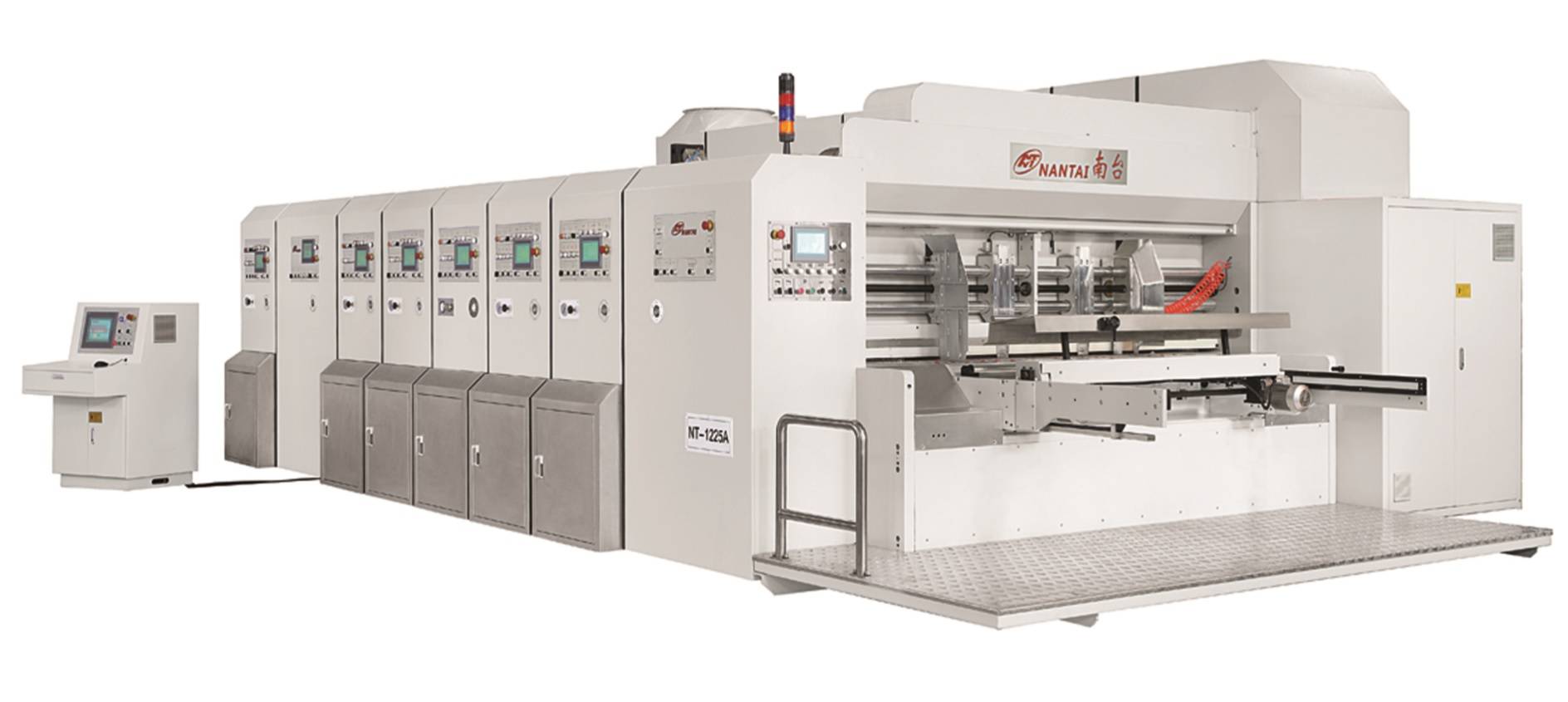 Slotting unit operation and process adjustments
Slotting unit operation and process adjustments
By explaining the principle and operation of the slotting process, this paper guides the operators to solve the slotting problems in a targeted way. The content involves the s and principles of the slotting equipment, the adjustment of the slotting equipment, and the inspection of the poor slotting problems etc.1. Principles of slotting unitScoring and slotting unit refers to scoring the cardboard with the height of the carton, and cutting the flap transversely. The slotting and scoring unit include slotting unit, scoring unit, cutting corner unit and trimming unit. The main is to make the A flute carton go through the above procedures.In the slotting process, especially for a piece of molded carton, there are two scoring lines that are very important. It needs to fold 180 degrees in the process of gluing and stitching, while other two only need to fold 90 degrees, and it is folded after carton formation. In this case, these two lines are going to be scored deeply.Slotting unitThe slotting unit is mainly used to cut a certain width and depth of the flap. The slotting unit includes the upper slotting knife, the lower slotting knife and the scrape knife. When the height of the box exceeds the maximum distance between two knives, the operation of removing the knife should be performed. It takes a long time to install the knife and the position must be adjusted accurately, otherwise it will cause damage to the equipment and tools, reduce the production efficiency and increase the production cost.The lower slot cutter is two circles composed of four semicircular steel plates, the distance between which is exactly the thickness of the upper slot cutter. The scrap knife is to remove the remaining paper scraps in the lower slot knife to avoid paper jam and stop the machine.In the process of slotting knife operation, it will encounter a lot of problems, slotting knife itself has a certain thickness, in the case of slotting gap is very narrow, that is, the width of the carton is very narrow, two knives will touch. In this way, the carton can not be cut, at this time we need a double-axis knife holder. The double-axis knife holder has two knife holders in the front and back, which do not affect the movement of the other knife. In this way, the slotting width with zero spacing can be achieved. Most slotting tool holders are uniaxial, as there are very few such narrow cartons.Slotting knife has a feature, that is , best to use tooth-shaped knife. Because the tooth form knife will not form a blade, which is easy to cut into the paper, and not easy to form burrs and cracks. Scoring unitThe main of the scoring unit is to press out several lines to facilitate the molding. The scoring unit is made up of two scoring wheels, the top is pointed and the bottom is curved. There is a special point to pay attention: that is the pre-creasing wheel. This has become a standard configuration of slotter. The cardboard is not easy to cause extrusion flute after pre-creasing.Corner cutting unit The corner cutting unit is mainly divided into knife base, blade and anvil. Its is to cut the excess paper at both ends of the tongue off. At present, the advanced slotting unit will be using a high-quality rubber gasket under the corner cutting, so that the mechanical vibration is all, and the cutting is very clean. Of course, some of the equipment itself is made of steel, it is recommended to make some all changes to the equipment, so the effect is better.Trimming unitThe trimming unit is two semi-circular steel trimming knives, the main is to cut off the redundant paper edges.For the carton with very high requirements for slotting, both sides of the cardboard need to be trimmed to make the size of the carton more accurate. It is recommended that not to trimming. Because when in the corrugator production, if the cross-cutting transformation is better, the size error of the cardboard length direction is very all, which can be controlled in 1-2mm. If it is not to positioning based on the carton tongue edge, such error is acceptable, so the trimming unit is less combined with slotter.Coupling typeThe drive of the transverse moving cutter has two modes: the coupling type and the chain type. The coupling type is better than the chain type, the tranission accuracy is higher, but the price will be a little more expensive as well. In view of the current high production precision requirements, it is recommended that we use the coupling type.2.Quality requirements for slotting unitIn the process of slotting, four quality problems are generally considered:●The carton capacity size is accurate;●Reduce damage, maintain the maximum strength of cardboard;●Formation is neat and beautiful;●The automatic packaging process is ooth, without the impact of carton cover.During the operation, we should pay attention to the following five problems:●Scoring line should be deep, the folding line of the carton should be more clear and beautiful with uniform seaming.●The effect of pre-creasing damage is obvious, the flute that is to be scored must be crushed, so that we don’t need an excessive extrusion in the process of folding, in this way , scoring cracks can be reduced.●The mark of scoring and slotting should be in alignment, which can avoid the carton flap and box shrinkage to affect the appearance of the carton.●Avoid lifting paper with slotting knife. If the knife is not adjusted properly, the slotting incision will be lifted up to form a crack, which will affect the appearance of the carton.●The carton should be compressed at the overlapping part, namely the tongue part. If not, when the carton is formed, the thickness of this place is the thickness of two pieces of cardboard, which is not convenient for stacking.3.Analysis on quality abnormality of slotting unitIf cardboard indentation is not obvious, resulting in poor formation and size deviation.Possible reasons:●The upper and lower scoring wheel gap is too large, resulting in insufficient pressure.●The scoring wheel rubber anvil wear, the circumference became aller.●Cardboard with high strength or fast running speed, resulting in scoring wheel shaft strength is insufficient. Because the cardboard has a certain hardness, the scoring wheel is just a stressed wheel, if the cardboard strength is too large, coupled with the speed is very fast, the wheel on the cardboard will stay on a short time, plus the cardboard rebound is large, so the scoring will be poor.●The shape of the scoring wheel does not meet the requirements. It is out of shape, so it cannot be scored in the place with the allest circumference, and it is too deep in the place with the largest circumference.Solution:●Adjust the upper and lower scoring wheel gap.●Replace the rubber anvil of the scoring wheel.●Reduce the running speed or overcome the insufficient strength of the scoring wheel shaft.●Replace the proper shape of the scoring wheel.The upper and lower width of the slotting part is different, and the width of the slotting knife is different when cutting the layer paper and the bottom paper, resulting in burrs and cracks. Possible reasons:●The slotting knife is passivated.●Use a flat slotting cutter, not easy to stick into the cardboard;●The slotting cutter cut the lower round knife too deep.Solution:●Replace the slotting cutter.●Replace the tooth shape slotting cutter.●Adjust the depth of the slotting cutter cutting into the lower round cutter.Paper lifted in slotting unit Possible reasons:The tip of back slotting cutter is too high, just at the moment when the cardboard feeding out after slotting, the knife is still in the cardboard, and the knife plate below has left, therefore the knife directly stabs into the cardboard.Solution:●Reduce the height of the slotting tool tip so that it leaves the cardboard surface synchronously;●It is necessary to grind the height of the slotting tool tip, because the passivation of the knife will also result in the knife and the cutter not leaving the surface of the paper at the same time.Slotting and scoring offset or skewPossible reasons:●Paper biting is not tight, the cardboard is moving;●The scoring wheel is offset from the slotting cutter, and the center of scoring is at the center of the slotting. If the two centers are not aligned, the slotting and the scoring are definitely not centered.●The toggle plate of the cutter seat or scoring wheel seat is worn and the gap is too large.Solution:●Adjust and check whether the paper biting is suitable.●Adjust the alignment position of the scoring wheel and the slotting cutter.●Change with the toggle plate or adjusting plate.The front and back slotting position dislocatingPossible reasons:●Cardboard transfer process shift;●The phase mechani produces errors.●The tool base is loose with the tool shaft.●Paper biting is not solid, cardboard shift back and forth.Solution: ●Overcome cardboard displacement;●Overcome the phase error of the machine.●Lock the adjusting part of the slotting movable knife;●Adjust and check whether the paper biting is tight.4.Inspection and maintenance of slotting unit equipment●Check the gap of the pre-creasing wheel Check the actual position and setting data of the ram with a feeler every week. Generally, we only look at the dial of the slot, but because of the pre-creasing wheel often friction cardboard, the dial will be showing the error, the actual data and the setting data is not necessarily the same, so it is recommended to use a feeler gauge for thickness inspection every week.●Check the gap of the scoring wheelJust like the pre-creasing wheel, check the actual position and setting data of the ram weekly with a feeler.●Check the size of the slotting cutterUse steel tape measure to collect actual measurement and display data. Because the knife plate is made of steel, there will be heat expansion and cold contraction, especially in summer and winter, there will be some slight differences.●Check the alignment of the upper and lower slotting cutterCheck weekly, rotate the upper slotting cutter, and visually check and locate before putting the lower slotting cutter to avoid the situation of knife collision.●Check the gap between tongue and bladeAdjust the angle tool holder every week, usually rotate the upper slotting cutter to the lower slotting cutter’s highest point, then adjust the angle tool holder. Because only the highest point being adjusted well, it is the correct entry position.●Check the chain tension of the moving knife holderWeekly check with hand pressure, pay attention to the length of the chain that can not exceed 3mm, if too long, left and right movement will be inaccurate.The whole process above can be divided into six steps:●Shake left and right with your hands. Check whether the pre-creasing wheel and scoring wheel are loose. If so, we should firstly deal with the gap between the guide plates.●The upper and lower slotting cutters should be checked for looseness after separated, If loose, we should firstly deal with the gap between the guide plates.●The upper and lower pre-creasing wheels and the scoring wheels are respectively painted with different colors, and the paper is fed into the slotting unit.●Loosen the adjusting chain or coupling shaft, and turn the lead screw to adjust the upper and lower pre-creasing wheels, and the upper and lower scoring wheels to the position aligned with the slotting center.●Test again by repeating from the first step, and adjust after measuring the deviation.●The adjustment of the slotting knife's up and down alignment, first remove the slotting knife, thenthe slotting knife into the lower slotting, turn the screw rod to adjust to the slotting knife, if the screw rod canthe slotting cutter, then we can install the chain or coupling shaft back, finally to adjust the tightness.Here are some details to be noted in the adjustment process:Crushing wheel: The gap should be less than half of the thickness of the cardboard on the basis of not crushing.Scoring wheel: The gap is about half of the crushing wheel on the basis of not crushing.Slotting cutter: The gap of upper knife cutting into lower knife is about 3mm, the gap of paper clamp is about 5mm, and the upper or lower seat is taped with sponge.Shaft and screw rod should be cleaned every day and wiped with low viscosity oil to ensure ooth movement. Do not use anti-rust agent for lubrication.
